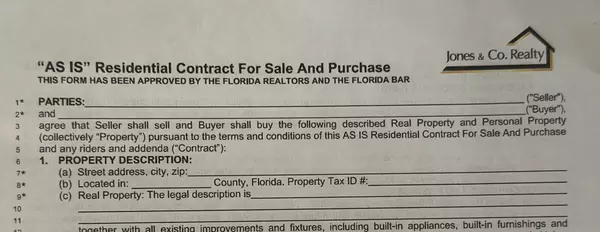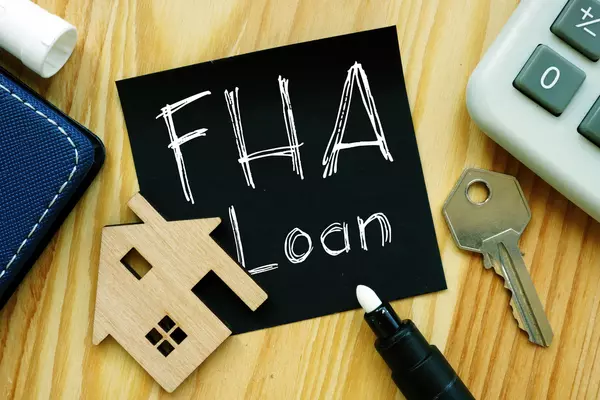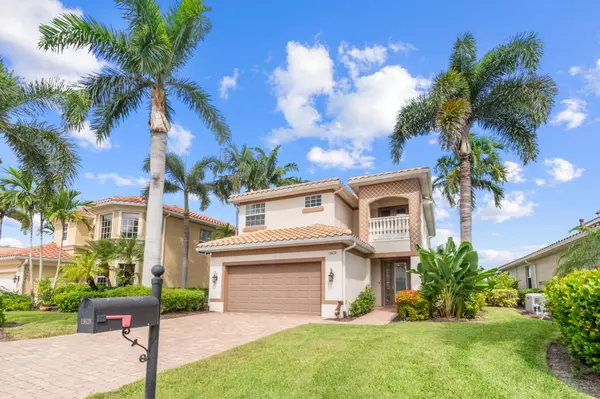Fort Myers Villas: Affordable Homes in the Heart of South Fort Myers
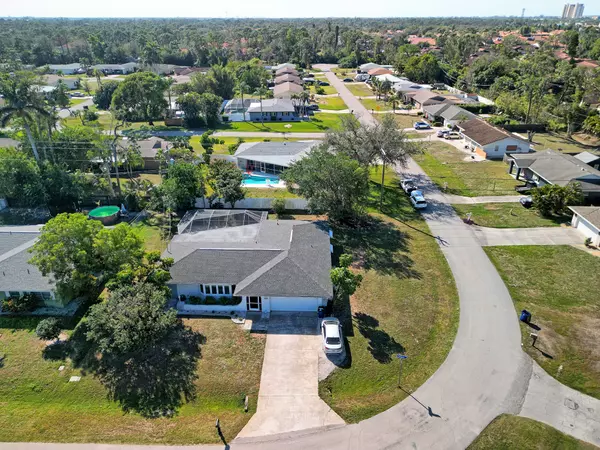
Conveniently located in the heart of South Fort Myers, the Fort Myers Villas neighborhood is one of Southwest Florida’s most established and beloved hidden gems. Whether you're a first-time buyer, a snowbird seeking a seasonal home, or someone ready to downsize without giving up convenience, the Vi
Read More5 MORTGAGE QUESTIONS HOME BUYERS ALWAYS ASK-ANSWERED

Is a 20% down payment always necessary? The common recommendation is to put down 20%, but there are alternatives for those without the full amount. One option is a Federal Housing Administration (FHA) loan, allowing borrowers to make a down payment as low as 3.5%, provided they meet specific criter
Read MoreWhy Your Home's Asking Price Matters More Today

Some Highlights A growing number of homewoners are overestimating today’s market. And that’s why the number of sellers dropping their price is back at normal levels. A lot of the time this is happening because they’re not paying attention to current conditions. The best way to avoid that mis
Read MoreBriarcliff Fort Myers: Country Living on Acreage Right in the Heart of the City
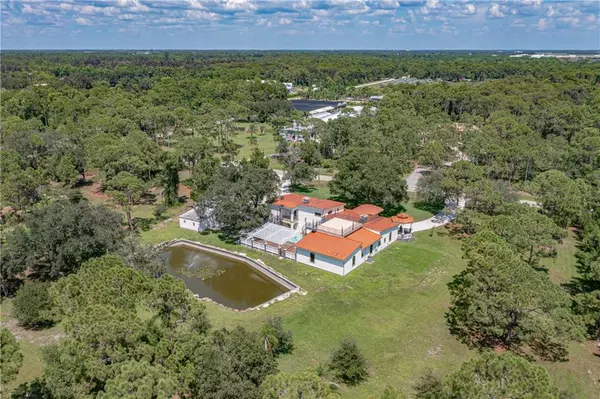
If you’ve been dreaming of wide-open space, a little elbow room, and the freedom to live life your way, without sacrificing location, Briarcliff in Fort Myers, Florida is a hidden gem worth exploring. Tucked just off U.S. 41 and close to everything, Briarcliff offers the rare opportunity to own lan
Read More
Categories
- All Blogs 338
- 55+ Communities 9
- Boating Communities 9
- First Time Home Buyer 110
- Florida Lifestyle 67
- Foreclosures 2
- Fun Things to do in Lee County, Florida 37
- Golf Communities 23
- Home Buyer Tips 125
- Home Seller Tips 102
- Homeowner Tips 61
- Mortgage Tips 37
- Neighborhoods 62
- Schools 3
- Title & Escrow 2
- Title Insurance 4
Recent Posts
